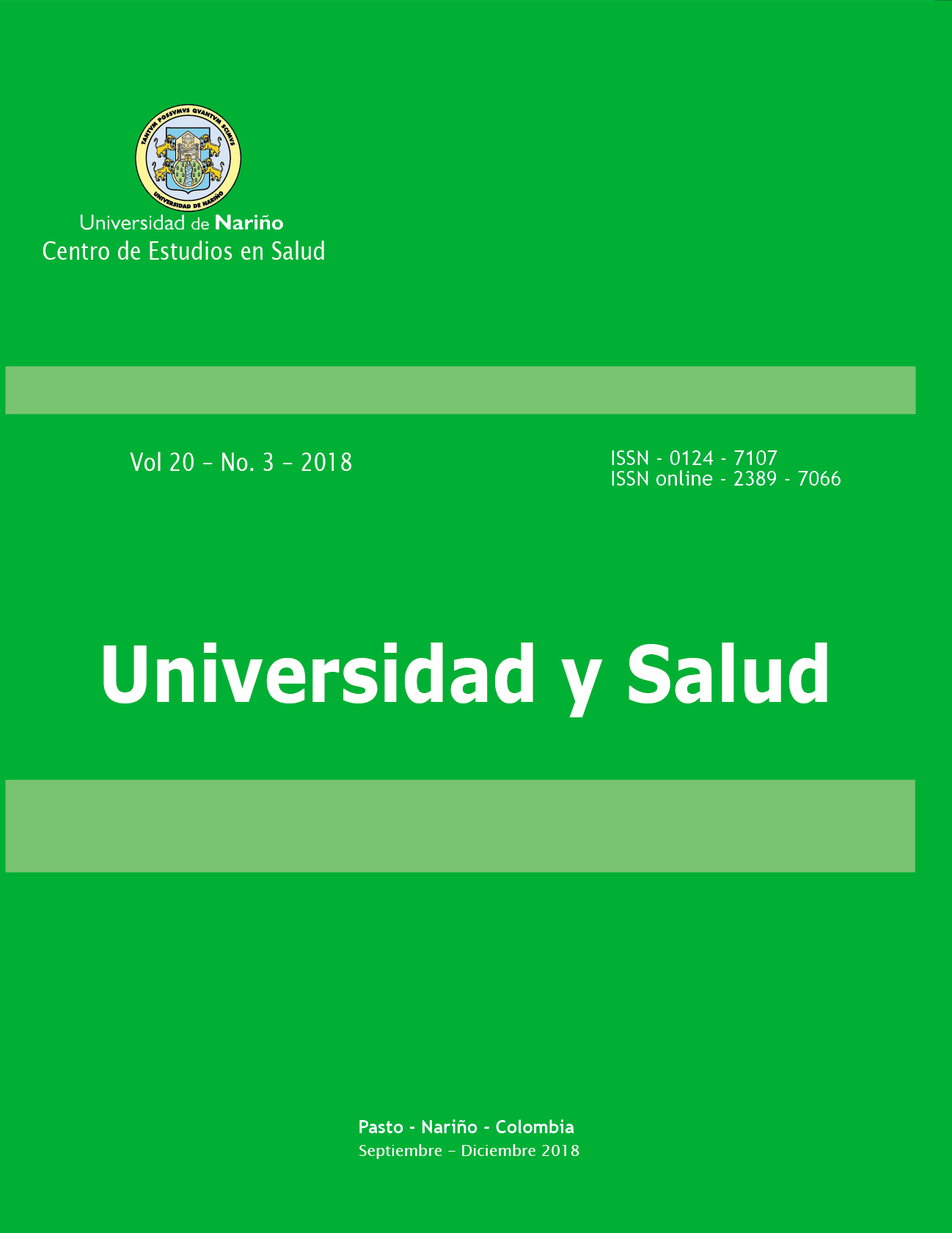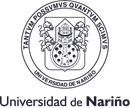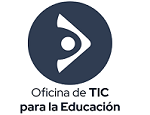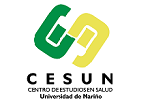La auriculopuntura disminuye los niveles de ansiedad en adultos chilenos con malnutrición por exceso
DOI:
https://doi.org/10.22267/rus.182003.129Palabras clave:
Ansiedad, Antropometría, AuriculoterapiaResumen
Introducción: A pesar del incremento en el uso de la medicina tradicional china para el tratamiento de la obesidad son pocos los estudios que evalúan su efecto. Objetivo: Determinar el efecto de la auriculopuntura sobre la ansiedad, ingesta nutricional y medidas antropométricas en chilenos con malnutrición por exceso. Materiales y métodos: estudio cuasi-experimental, con muestra probabilística conformada por 21 sujetos, divididos en dos grupos, intervenido GI (n=11) y control GC (n=10). La intervención consistió en realizar auriculopuntura durante siete semanas al GI y administrar un placebo al GC. En ambos grupos se determinó antropometría, ingesta nutricional y niveles de ansiedad. Todos los participantes firmaron consentimiento informado. Para comparar medias entre grupos e intra grupos, se utilizó la prueba t-Student para muestras pareadas. La significancia estadística se estableció a un (α<0,05). Resultados: Se encontró en el GI una disminución de la ansiedad (p=0,036) y de la ingesta de sodio (p=0,035). No se encontraron diferencias estadísticamente significativas en las variables de ingesta calórica-nutricional y antropométrica en ningún grupo. Conclusiones Es necesario incrementar el tiempo de intervención para evaluar el efecto en el largo plazo y de esta forma, establecer asociaciones causales.
Descargas
Métricas
Citas
Clarke TC, Black LI, Stussman BJ, Barnes PM, Nahin RL. Trends in the Use of Complementary Health Approaches Among Adults: United States, 2002–2012. National health statistics reports. 2015 ;( 79):1-16.
Chan M, Wu X, Wu J, Wong S, Chung V. Safety of Acupuncture. Scientific Report. 2017; 7: 1-11
Organización Mundial de la Salud. Estrategias de OMS sobre medicina tradicional 2014-2023. Ginebra: OMS; 2013. Disponible en: http://apps.who.int/medicinedocs/documents/s21201es/s21201es.pdf [Consultado el 20-01-2018].
Muñoz-Ortego J, Solans-Domènech M, Carrion C. Indicaciones médicas de la acupuntura: revisión sistemática. Medicina Clínica. 2016; 147(6):250-256.
Litscher G, Rong P. Auricular acupuncture. Evidence-based Complementary and Alternative Medicine: eCAM. 2016; 2016:4231260.
Stanton G. Auricular acupuncture as an alternative medicine. HSOA Journal of Alternative, Complementary & Integrative Medicine. 2017;3:1-3.
MINSAL. Encuesta Nacional de Salud 2016-2017. Chile: Ministerio de Salud de Chile; 2017.
Heymsfield S, Wadden T. Mechanism, Pathophysiology, Managment of Obesity. The new England Journal of Medicine. 2017;376:254-266.
Calderon C, Forns M, Varea V. Implicación de la ansiedad y la depresión en los trastornos de alimentación de jóvenes con obesidad. An Pediatr 2009;71(6):489-94.
Da Silva A. El tratamiento de la ansiedad por intermedio de la acupuntura: un estudio de caso. Psicol. Cienc. Prof. 2010; 30(1):200-211.
Haddad M, Marcon S. Acupuntura y apetito de trabajadores obesos de un hospital universitario. Acta. Paul. Enferm. 2011; 24(5):676-682.
Set T, Cayir Y, Guven A. Effects of ear acupunture therapy for obesity on the depression of obese women. Acupunct. Med. 2014; 32:427-429.
Viner RM, Hsia Y, Tomsic T, Wong IC. Efficacy and safety of anti-obesity drugs in children and adolescents: systematic review and meta-analysis. Obes Rev. 2010 Aug; 11(8):593-602.
Oleson T. Auriculotherapy Manual: Chinese and Western Systems of Ear Acupuncture, Ed 3. London: Churchill Livingstone; 2003.
Schenider H, Esbitt S, González J. Hamilton anxiety rating scale. In: Gellman M, Turner J. (edits). Encyclopedia of Behavioral Medicine. New York: Springer; 2013.
World Health Organization. Obesity: preventing and managing the global epidemic. Report of a WHO Consultation. WHO Technical Report Series 894. Geneva: WHO; 2000.
Consejo de Organizaciones Internacionales de las Ciencias Médicas/Organización Mundial de la Salud. Pautas éticas internacionales para la investigación biomédica en seres humanos. Ginebra: CIOMS/OMS; 2002. Disponible en: http://www.ub.es/rceue/archivos/Pautas_Eticas_Internac.pdf
Fischer F, Lewith G, Witt C, Linde K, Von Ammon K, Cardini F, et al. High prevalence but limited evidence in complementary and alternative medicine: guidelines for future research. BMC Complementary and Alternative Medicine. 2014;14:46.
Clarke TC, Black LI, Stussman BJ, Barnes PM, Nahin RL. Trends in the Use of Complementary Health Approaches Among Adults: United States, 2002-2012. National health statistics reports. 2015;(79):1-1.
Li X. Complementary and alternative medicine for treatment of food allergy. Immunol Allergy Clin. N. Am. 2018; 38:103-124.
Miyuki K, Sato L, Paes M. Auriculotherapy effectiveness in the reduction of anxiety in nursing students. Rev. Esc. Enferm USP. 2012:46(5):1200-1206.
Klausenitz C, Hacker H, Hesse T, Kohlmann T, Endlich K, Hahnenkamp K, Usichenko T. Auricular Acupuncture for Exam Anxiety in Medical Student- A Randomized Crossover investigation. PLoS ONE. 2016;11(12):1-9.
Gariepy G, Nitka D, Schimitz N. The association between obesity and anxiety disorders in the population: a systematic review and meta-analysis. International Journal of Obesity. 2010;34:407-419.
Chukwuononso E. Association between anxiety and obesity_ a study of a Young-adult Nigerian population. J. Neurosci. Rural Pract. 2013;4(1):s13-s18.
Lykouras L, Michopoulos J. Anxiety disorders and obesity. Psychiatriaki. 2011;22(4): 307-13.
Abdi H, Tayefi M, Reza S, Zhao B, Rayaz M, Ardabili H, et al. Abdominal and auricular acupuncture reduces blood presure in hypertensive patients. Complementary Therapies in Medicine. 2017;31:20-26.
Lacey JM, Tershakovec AM, Foster GD. Acupuncture for the treatment of obesity: a review of the evidence. International. Journal of Obesity. 2003;27:419-427.
Silva L, Blondet V, Chaves D, Augusta S. Niveles de iones sérica y su relación con los síntomas del síndrome premenstrual en mujeres jóvenes. Nutrición Hospitalaria. 2013;28(6):2194-2200.
Hsu C, Wang CJ, Hwang KC, Lee Ty, Chou P, Chang HH. The effect of auricular acupuncture in obese women: a randomized controlled trial. J. Womens Health (Larchmt). 2009;18(6):813-8.
Lien CY, Liao LL, Choud P and Hsu CH. Effects of auricular stimulation on obese women: A randomized, controlled clinical trial. European Journal of Integrative Medicine. 2012;4:E45-E53.
Ruan Z, Xiang Y, Li J, Zhow X, Huang Z, Dong C. Auricular acupuncture for obesity: a systematic review and meta-analysis. Int. J. Clin. Exp. Med. 2016;9(2):1772-1779.
Ito H, Yamada O, Kira Y, Tanaka T, Matsuoda R. The effects of auricular acupuncture on weight reduction and feeding-related cytokines: a pilot study. BMJ open gastroenterology. 2015;2(1):1-7.
Yeo S, Kim KS, Lim S. Randomised clinical trial of five ear acupuncture points for the treatment of overweight people. Acupunct. Med 2014; 32: 132-138.
Darbandi M, Darbandi S, Mobarhan MG, Owji AA, Zhao B, Iraji K, et al. Effects of auricular acupressure combined with low-calorie diet on the leptin hormone in obese and overweight Iranian individuals. Acupunct Med. 2012;30:208-213.
Gücel F, Bahar B, Demirtas C, Mit S, Cevik C. Influence of acupuncture on leptin, ghrelin, insulin and cholecystokinin in obese women: a randomized, sham-controlled preliminary trial. Acupuncture in Medicine. 2012;30:203-207.
Kim D, Ham O, Kang C, Jun E. Effects of auricular acupressure using sinapsis alba seeds on Obesity and Self-Efficacy in female College Students. The Journal of Alternative and Complementary Medicine. 2014;20(4):258-264.
Chen J, Chen J, Lee S, Mullin G. Potential role for acupuncture in the treatment of food addiction and obesity. Acupunct. Med. 2017;0:1-4.





















